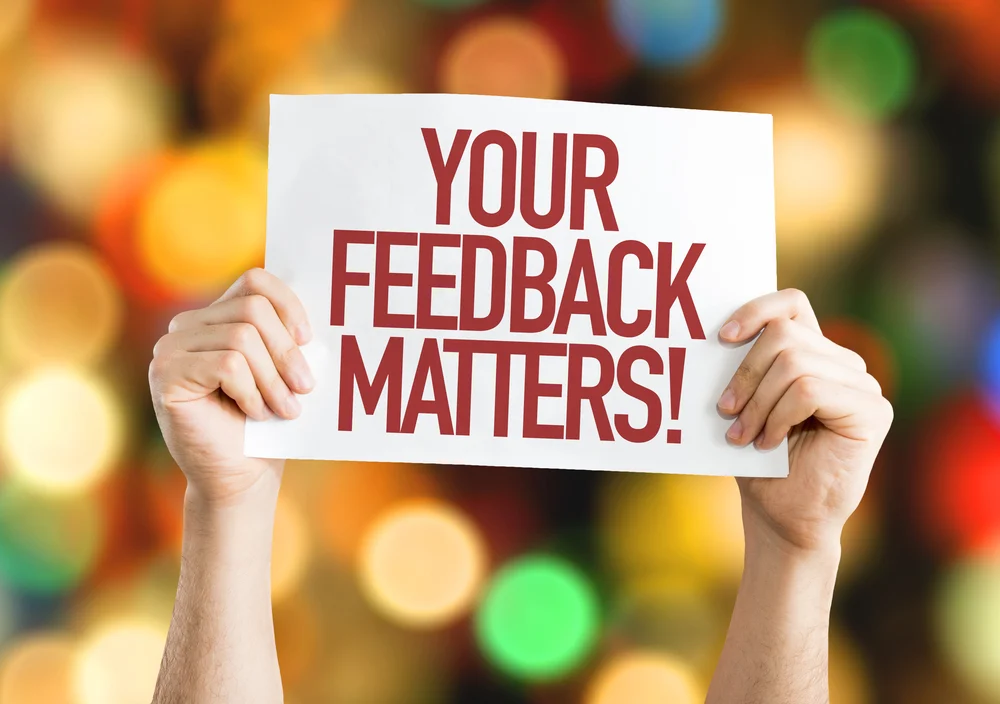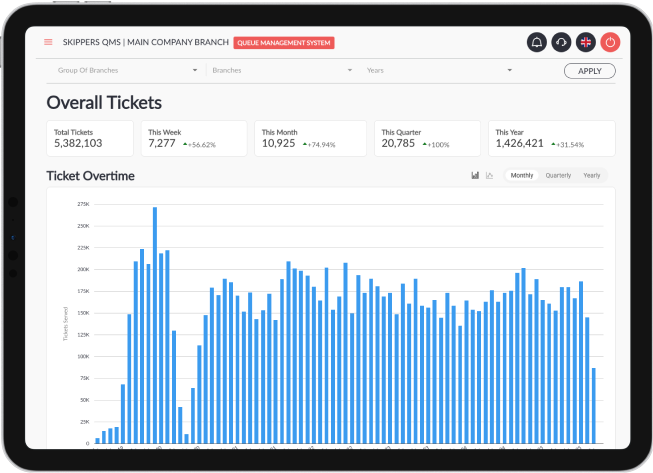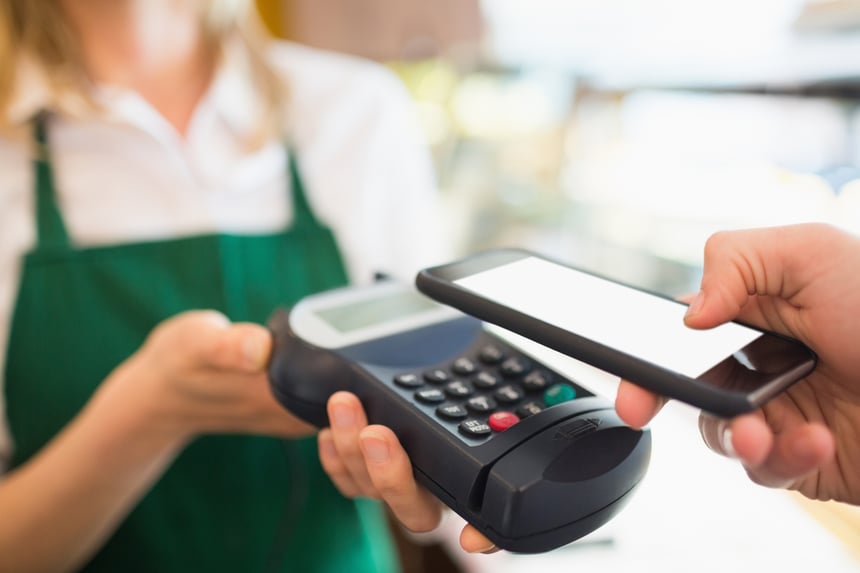Reduce Customer Walkouts with Virtual Queuing

19 Aug 2025
Introduction
Nobody likes to wait around with no idea how long it’ll take to get served. Long lines and poor communication can easily frustrate customers, leading many to walk out before they’ve even reached the front. That often means lost revenue, missed appointments, and a hit to your business reputation. A virtual queueing system solves part of the problem by ditching the old-school lines and giving people an easier, more flexible way to wait.
By managing customer flow digitally, you can reduce the pain points that drive people to leave. But setting up a virtual queueing system alone isn’t always enough. To really cut down on walkouts, the experience needs to feel smooth from the second a customer joins the queue to when they’re finally helped. Here’s how to make that happen.
Understanding Customer Expectations
Every customer walks in with some sort of expectation. Most just want to move through their visit without much hassle. If the service feels slow or confusing, things can go sideways quickly. That’s where expectation management comes in. When customers know what to expect, they feel more in control and less irritated during the wait.
A virtual queueing system helps with this when it’s used right. If customers are updated throughout their wait, they’re less likely to feel forgotten. For example, letting them know they have ten people ahead of them and giving a rough time estimate can go a long way. Plus, if the wait gets longer than expected, sending a quick update helps avoid surprise frustration.
Clear communication happens in a few ways:
- Display wait times on screens in store or through an app
- Offer estimated time of service right when someone joins the queue
- Send SMS or email alerts about any changes or delays
- Allow customers to check their status without needing to talk to staff
Let’s say someone checks in from their phone while heading to your location. They get a message saying they’re number 6 in line and should be served in 15 minutes. That sets the tone early and helps them decide whether they want to walk in now or take their time. This small detail removes the guesswork that usually causes people to leave early.
When businesses actively manage expectations, customers are more forgiving if things run a bit behind. They just want to know what’s going on. Keeping that line of communication open sends the message that you respect their time.
Enhancing Customer Experience With Technology
Technology does more than just take names on a screen. When used properly, it actually improves the entire waiting experience. This is especially true for customers who like convenience and don’t want to feel trapped in one spot while they wait.
Features worth using in your virtual queueing system include:
- Real-time updates
- Estimated wait times
- Remote check-in
The beauty of these tools is that they hand over more control to the customer. People can decide to grab a coffee nearby or take care of an errand while staying in line through their phone. They don’t have to stand in a lobby looking at a screen, which makes the wait feel shorter even if it’s not.
One way to make this work better is by turning on alerts at each stage. For instance, if someone is two spots away from being called, they get a ping with a message like, “You’re up next. Head back if you’re away.” That level of awareness keeps the flow smooth and makes sure people are ready when their turn comes.
This kind of experience turns waiting into something a little more flexible and a lot less frustrating. When customers feel like they can manage their time while still holding a place in line, they’re more likely to stay until they’re served. That means fewer walkouts and happier visitors.
Engaging Customers During The Wait
Waiting doesn’t always have to feel like a waste of time. The way customers spend their time while waiting can influence how they view the overall experience. If they’re bored or uncertain about when they’ll be served, they’re more likely to give up and leave. But if there’s something to keep them engaged or occupied, the time feels shorter and more tolerable.
This is where a little creativity goes a long way. Whether your customers are waiting in a physical space or remotely, small improvements in how you hold their attention can help reduce walkouts. Here are some ways to keep them engaged:
- Provide mobile content like tips or welcome messages
- Use digital loyalty programs for rewards or points
- Display entertainment like videos or trivia
- Include a simple survey for feedback
- Send digital coupons with wait-time specials
Let’s say someone checks in remotely and is waiting 20 minutes. During that time, they get a digital coupon for a small discount on their service. That small touch keeps them interested and gives them more reason to stay.
Keeping people engaged shows them their time matters. It makes the wait feel shorter and turns it into part of the overall experience instead of just the drag before something happens.
Staff Training And Efficiency
Technology is helpful, but it doesn’t replace the value of a well-prepped team. The way your staff uses the virtual queueing system can make or break the whole process. Staff should be trained to handle systems confidently, but they also need to know how to work alongside technology to ease the flow of people and reduce delays.
A team that’s built around speed, clear communication, and good coordination can serve more people without the panic or pressure that leads to mistakes. Here’s what effective training and habits might include:
- Teaching how to monitor and manage the queue dashboard
- Explaining back-up steps in case of system hiccups
- Training staff on how to update queue positions manually, if needed
- Running roleplay sessions to practice updates, check-ins, and customer questions
- Assigning clear roles so team members know who handles which part of the process
When a customer sees that staff knows exactly what they’re doing, it builds trust. On the flip side, if workers seem unsure or disconnected from what’s happening, guests start losing patience. This is one of the easiest ways to turn a working queue system into a strong, steady customer experience.
With proper team habits, wait times drop, people feel more cared for, service steps run faster, and there’s less frustration on both sides. Investing in your staff’s training means setting them up to work smarter, not harder.
Keeping Your Queuing System Up-to-Date
Like any software, virtual queueing systems need regular upkeep. If you’re still working off the same setup from months ago with no changes, you might be missing out on useful improvements or better ways to interact with your customers.
System updates often fix bugs, speed things up, and add new features. They’re not just there for aesthetics. They help keep everything working smoothly behind the scenes so nothing breaks when things get busy. You don’t want your queue glitching or freezing just when the customer flow gets heavy.
Here’s how to keep things running smoothly:
- Set a regular check-in schedule with your provider to apply updates
- Test your system weekly to make sure it’s showing correct queue data
- Review customer feedback and look for repeat complaints
- Clean up your customer interface to keep it user-friendly
- Make sure all team members are trained on new features
One often-overlooked issue is stale automation settings. For example, maybe the system is still sending out alerts at the wrong times or offering an outdated message that confuses customers. These little things add up and may leave your visitors feeling like the technology isn’t helping them after all.
Keeping your system up to date helps protect the investment you made in going virtual. It ensures the tech continues to support a smooth, helpful, and frustration-free experience that people will appreciate every time they walk through your doors.
Making Customer Flow Smooth with Skiplino
Avoiding customer walkouts doesn’t take magic or massive changes. It’s about making the wait less frustrating and the experience more human. From setting clear expectations and using helpful tech tools to keeping your team trained and your systems fresh, it all adds up. Every small improvement gives your customers one more reason to stay.
When a queue feels fair, transparent, and easy, people don’t feel stuck. They feel like they’re moving, even if they’re technically still waiting. And that makes all the difference. Start by focusing on how you can make each touchpoint better. Once you do that, the results won’t be far behind.
If you’re looking to enhance your customer experience and reduce walkouts, consider implementing a virtual queueing system. Skiplino offers the tools you need to streamline customer flow and keep your lines moving smoothly. Learn how a virtual queueing system can improve service efficiency and help create a better experience for every visitor.
Latest



Similar Reads


All Rights Reserved @2025 Skiplino Technologies WLL.




